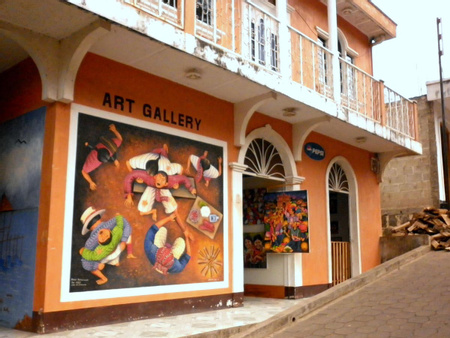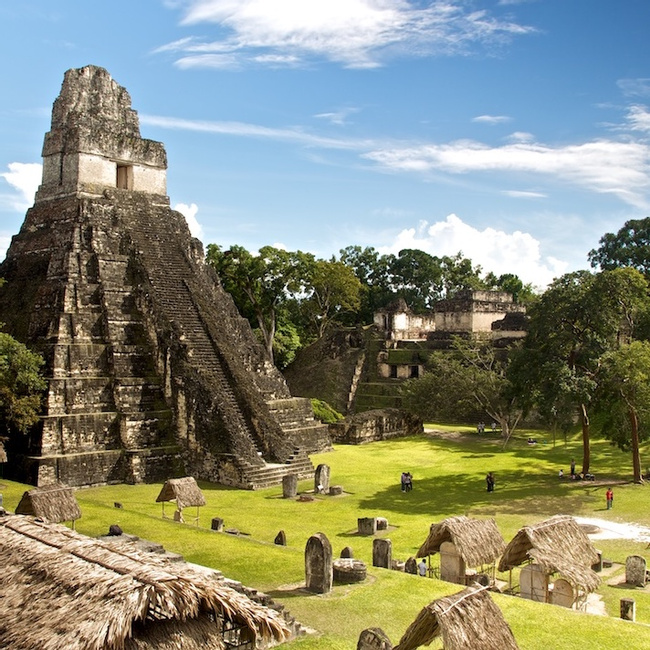Guatemala City
Guatemala City is often a traveler’s first glimpse of Guatemala. As your plane descends over the capital, you witness the largest city in Central America unfold—a sprawling, colorful metropolis that spreads into a valley ringed by forested mountains and volcanoes. It’s a big and powerful place that is home to around four million people.
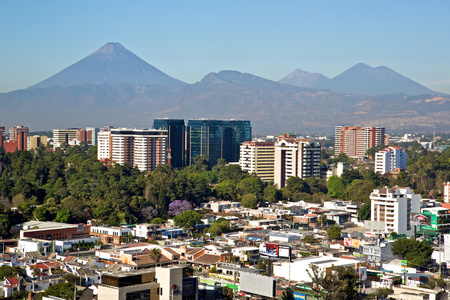
Antigua
The charming city of La Antigua is situated in a lush highland valley and surrounded by the cones of three volcanoes. As its name implies (Antigua means old in Spanish), this is a historic city. It was the former capital of Guatemala until an earthquake destroyed it in 1773. Following this disaster, the capital was moved to its current site at Guatemala City, but the ruins (and some of the people) of Antigua stayed put. These days, Antigua is a UNESCO World Heritage Site and one of the country’s foremost tourist destinations.
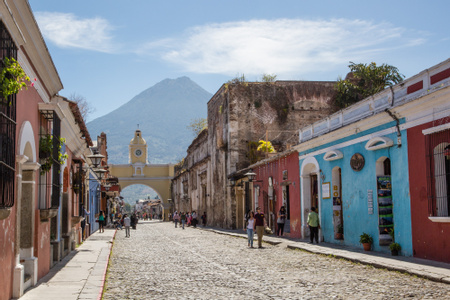
Monterrico
Monterrico is a tranquil town along Guatemala’s Pacific coast. This formerly sleeping fishing village is becoming increasingly popular with travelers, many of whom come here to see nesting sea turtles.
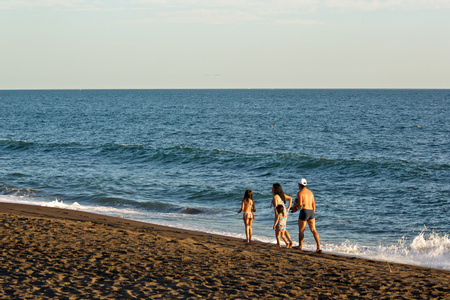
Lake Atitlan, Panajachel
Panajachel is Lake Atitlán’s most popular traveler town. Set along the northern shores of the lake, the setting is here is gorgeous—think blue water, forested mountains, and volcanoes. The town’s culture mixes North American, European and Central American influences.
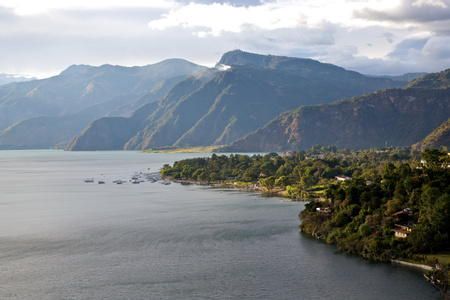
Quetzaltenango
Guatemala’s second largest city, Quetzaltenango (pop. 300,000), is a world apart from Guatemala City. It’s a cosmopolitan place set at an altitude of 8,000 feet (2,400 m) and is the main population center for Guatemala’s K’iche’ Mayans. Despite being a fairly big city, its residents are friendly and approachable. Quetzaltenango’s original K’iche’ name of "Xelajú" is still widely used in an abbreviated form, Xela, today.
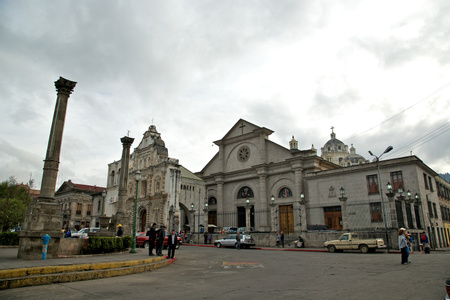
San Juan La Laguna
San Juan La Laguna is a Tz’utujil Maya town set along the shores of Lake Atitlán. It is tranquil and lacks large crowds of tourists.
